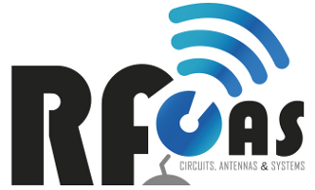| Resumen | The rejection produced by a multi-apertures iris can be a very useful tool in the design of some kind of filters: a) band pass filters with some improved stop band attenuation as it has been proposed at (A A Kirilenko, MSMW'2001 Symposium, 690-692), and b) harmonic rejection filters for the dominant and higher waveguide modes (A A Kirilenko,IEEE MTT-S Digest, 373-376). An alternative interpretation of the resonance of this multi-apertures iris in terms of the excitation of a Transverse Electro-Magnetic field (TEM) of the structure has been proposed by the authors of this contribution at (2003 USNC/URSI Symp., 226) and ( 2004 USNC/URSI Symp., 45). Moreover, this interpretation can be useful to control and prevent some spurious resonance that arise at some rectangular waveguide devices, therefore helping the designer to improve their electrical performances. In this paper, with the main aim to implement an efficient computer aided design tool for waveguide filters, a simple equivalent circuit in terms of lumped elements is proposed for multi-apertures iris with the mentioned resonant TEM behaviour. As an example of the proposed equivalent circuit, a classical band pass filter of asymmetrical inductive windows have been modified by introducing slots in the irises to obtain additional stop band attenuation out of band response. This additional attenuation band is achieved without increasing the number of cavities of the filter, therefore with the same dimensions and very similar insertion losses at its band pass. Further information regarding the design process for the Ka-band filter, and results such as fullwave response and the relative convergence problem of the analysis will be commented in the oral presentation. |


